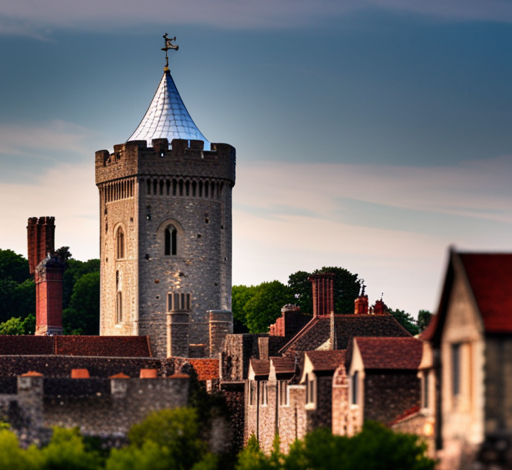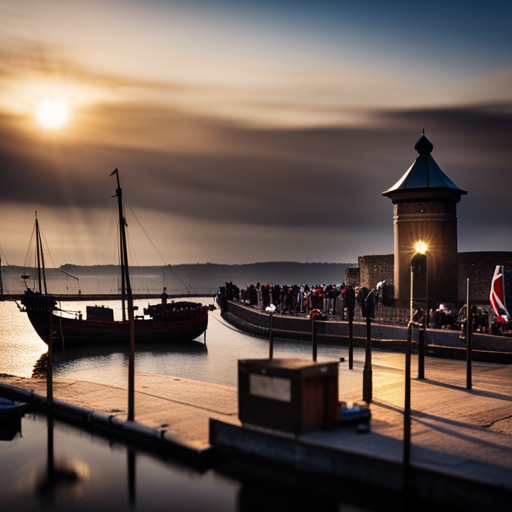
Delving into the Legacy of the Norman Conquest in Medieval Southampton
Discover the enduring impact of the Norman Conquest on medieval Southampton. Step into the past and explore how the arrival of the Normans transformed this historic city.
Uncover the significance of Southampton Castle, a symbol of Norman power that still stands today. Marvel at the influence of Norman architecture, evident in the stunning structures that dot the city.
Journey through time as you learn about Southampton’s medieval town walls, a lasting legacy of the Norman Conquest.
The Arrival of the Normans in Southampton

As you explore the history of Southampton, you’ll discover the significant impact of the Normans’ arrival.
In 1066, William the Conqueror and his army landed in England, forever changing the course of Southampton’s history. The Normans brought with them a new ruling elite, establishing a tightly controlled feudal system.
The arrival of the Normans led to the construction of impressive fortifications, such as the city walls and the castle, which still stand today as reminders of their influence. Southampton became a hub for trade and commerce, with the Normans enhancing the city’s economic prosperity.
They also introduced new architectural styles, such as the Norman Romanesque, which can be seen in the city’s medieval churches.
The Normans’ arrival in Southampton left an indelible mark on the city, shaping its culture, architecture, and economy for centuries to come.
Southampton Castle: A Symbol of Norman Power

You can’t deny that Southampton Castle was a powerful symbol of Norman dominance. Built in the 12th century by the Norman conquerors, it stood as a testament to their authority and control over the region.
The castle’s strategic location, overlooking the town and its port, allowed the Normans to assert their power and maintain a stronghold in Southampton. With its imposing walls, towers, and a deep moat, the castle served both as a defensive structure and a symbol of Norman might.
Its presence in the town also served as a constant reminder to the local population of the new ruling class. Over the centuries, the castle underwent various modifications and additions, reflecting the changing needs and tastes of different rulers.
Today, while only fragments of the castle remain, its legacy as a symbol of Norman power still resonates in the history of Southampton.
The Impact of Norman Rule on Southampton’s Economy
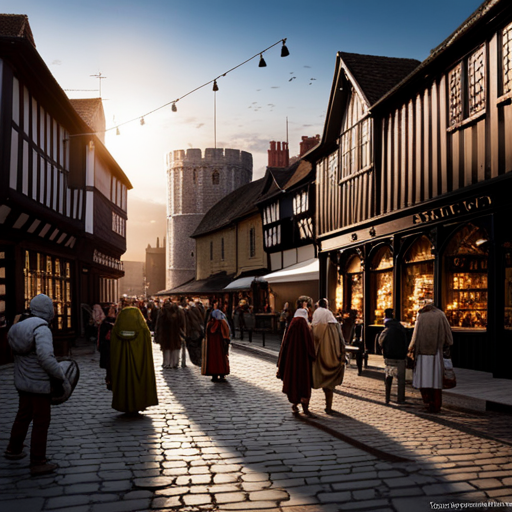
The Norman rule greatly influenced Southampton’s economy, transforming it into a bustling commercial hub. During this period, the Normans implemented various economic policies that shaped the city’s development.
One of the most significant impacts was the establishment of a thriving port, which became a crucial trading center in the region. The Normans expanded the port and constructed warehouses and docks to accommodate the increasing trade activities. This led to a rise in maritime commerce, attracting merchants from far and wide.
Additionally, the Normans introduced new agricultural techniques, such as the three-field system, which improved food production and stimulated the local economy. The influx of wealth and trade also resulted in the growth of various industries, including textiles, metalworking, and shipbuilding.
Overall, the Norman rule played a pivotal role in transforming Southampton into a prosperous economic center during the medieval period.
The Influence of Norman Architecture in Medieval Southampton
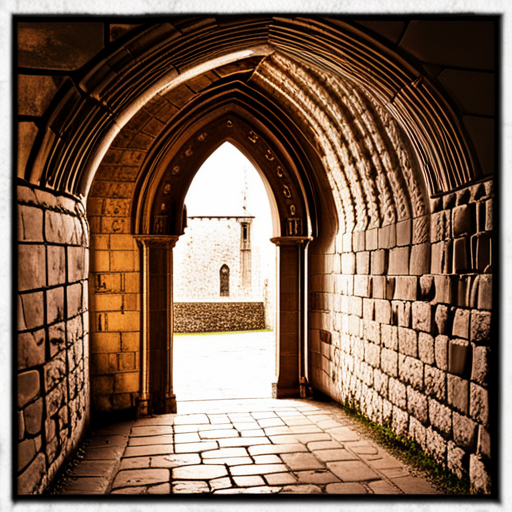
Imagine walking through the streets of medieval Southampton and being in awe of the breathtaking Norman architecture that adorns the city. The influence of Norman architecture in medieval Southampton was profound, shaping the character and identity of the city to this day.
The Normans, with their expertise in castle building, constructed impressive fortifications such as the Southampton Castle, which served as a symbol of power and authority.
Additionally, the Normans introduced the use of stone in building construction, replacing the previously predominant timber structures. This not only enhanced the durability and longevity of the buildings but also added a sense of grandeur and sophistication.
The surviving Norman buildings, such as St. Michael’s Church and parts of the city walls, stand as a testament to the skill and vision of the Norman architects and continue to captivate visitors with their timeless beauty.
Southampton’s Medieval Town Walls: A Legacy of the Norman Conquest
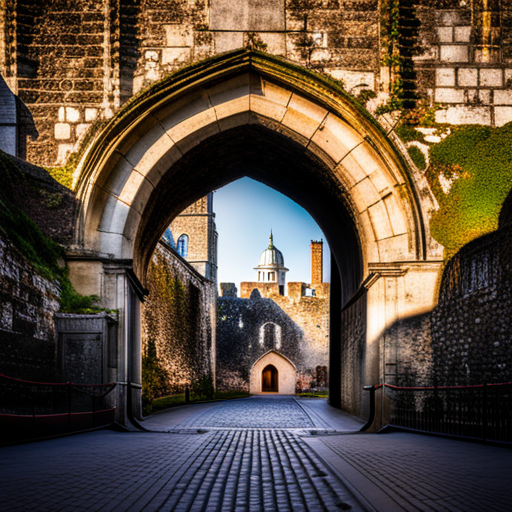
As you stroll along the streets of Southampton, it’s hard to ignore the towering medieval town walls, a lasting testament to the enduring impact of the Normans.
These walls were constructed in the 14th century to protect the town from potential invaders. Stretching over a mile in length, the walls were built using local stone and stood at an impressive height of 25 feet. They were equipped with towers and gates, strategically placed to provide maximum defense.
Over the centuries, these walls have witnessed numerous historical events, including sieges, conflicts, and even the arrival of the famous Titanic.
Today, the walls offer visitors a glimpse into the rich history of Southampton and serve as a reminder of the Norman Conquest’s lasting legacy on the city’s landscape.
Conclusion
In conclusion, the Norman Conquest left a lasting legacy on medieval Southampton.
The arrival of the Normans brought significant changes to the city, with the construction of Southampton Castle symbolizing their power.
Norman rule also had a profound impact on the city’s economy, leading to growth and prosperity.
Furthermore, the influence of Norman architecture can still be seen in the medieval buildings of Southampton.
Lastly, the town walls that were built as a result of the Norman Conquest stand as a testament to the city’s rich history.



